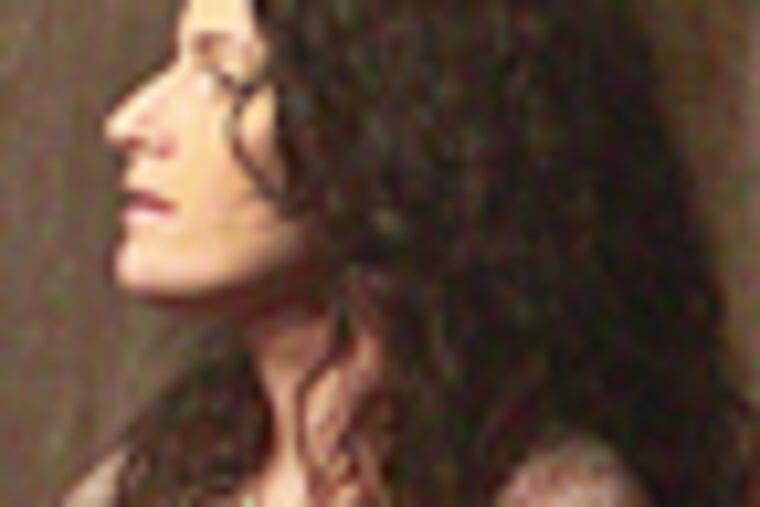With candles, flowers and song, Holocaust victims remembered
"Today we commemorate our mothers and fathers, brothers and sisters who perished at the hands of the Nazis."

"Today we commemorate our mothers and fathers, brothers and sisters who perished at the hands of the Nazis."
As Batame Hertzbach spoke those words Sunday in Philadelphia, the first of six candles was lit on a candelabra - one for every one million Jews who died in the Holocaust.
Hertzbach's speech was part of Philadelphia's Annual Memorial Ceremony for the Six Million Jewish Martyrs, which attracted hundreds Sunday despite the pouring rain. Hertzbach is chairwoman of the Jewish Community Relations Council.
The uncooperative weather this year forced the solemn ceremony, which is part of Holocaust Remembrance Week, from the traditional site along the Benjamin Franklin Parkway at 17th Street to Rodeph Shalom Synagogue on North Broad Street.
"We recall the mother with her shawl . . . the man who died with a prayer on his lips; the woman who embraced her infant tightly as her arms faltered," Hertzbach said in addressing an audience representing many generations and religions.
Among the ceremony participants were Holocaust survivors, their children, students and politicians - including U.S. Rep. Patrick Meehan, (R., Pa.) and state Rep. Babette Josephs, (D., Phila.). They sang, gave speeches and prayed. All urged the attendees to not only remember the genocide that killed so many Jews, but also to recount those losses to later generations.
"Each of us individually can make a difference," said Sarita Russ Gocial, ceremony chairwoman. "But together our voices will be strong and sure, and the world will never forget."
The audience stood through the "Mourner's Kaddish," a prayer to commemorate the dead, the "Youth Hymn," a song to inspire pride and hope in Jewish young people, and the memorial prayer, which was sung by cantor Isaac Horowitz.
Later in the program, Philadelphia Orchestra violinist Philip Kates played as Jeremy Goldsmith, a Satell Teen Fellow, and Danielle Gross, a member of the Habonim Dror youth group, read the names, hometowns and ages of some who had died during the Holocaust. A procession of children walked down the aisle and placed a white flower on the stage for every name called.Another procession brought blue and white floral wreaths.
Some of the speeches were meant to highlight the bond between members of the Jewish community and their obligation to keep the memory of those who perished in the Holocaust alive. Others inspired attendees to keep supporting Israel. Others, given by non-Jewish participants such as Meehan, demonstrated that hatred and Holocaust remembrance is an issue shared by members of every denomination.
"We still face the destructive force of hate," said Daniel Kutner, consul general of Israel. "I hope that, one day we will read about these atrocities in history books, not newspapers."
Attendees had different reasons for coming to the event.
Trudy Gutterman, a housewife from Philadelphia, is a Holocaust survivor and member of the Rodeph Shalom congregation. She comes to the event with her husband, Paul, and other family members to carry on a tradition.
Gutterman's father, also a Holocaust survivor, was active in a Jewish Holocaust survivor group, and was one of the founders of the Holocaust memorial monument on Parkway.
Larry Zinner, 86, a retired Philadelphia physician, never knew his relatives who died in the Holocaust, but he was one of only a few hundred American Japanese interpreters during World War II. He also attends the event every year, and talks about it at the Shabbat services he leads at Brightview Senior Living in East Norriton.
And then there's the younger generation – college students such as Gross, who became interested in preserving the memory of the Holocaust because of her grandmother, who was a child hidden from the Nazis by non-targeted families. And there were high school students such as Marena Fernald of Strath Haven High School, who read a poem she wrote about how art and a teacher helped her to empathize with Holocaust sufferers.
I was "transforming blank sheets into history," she read. "A boy fixes his blank eyes on me. I created this pain. I feel responsible . . . I have no sacrifice. I only live to portray pain."